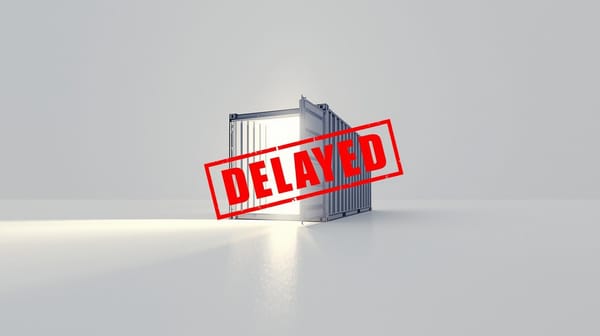The "Paper Risk" Paradox: Three Non-Obvious Ways to De-Risk Data Center Permitting

It’s the worst-kept secret in the data center industry: the biggest risk to a new billion-dollar AI campus isn't the supply chain or even power procurement. It's getting a zoning permit. While the industry has mastered the art of building at scale, it is consistently being stalled by the slow, unpredictable, and increasingly contentious process of local government approval.
Simply knowing this "paper risk" exists is no longer enough. The most successful investors and developers are now treating the permitting process not as a bureaucratic hurdle, but as a competitive advantage. They are actively seeking out markets and developing strategies that turn this systemic weakness into their own unique strength.
While others are stuck in multi-year review cycles, the smart capital is winning by focusing on three non-obvious, forward-looking strategies.
1. Analyze Utility Pre-Approval Programs, Not Just Land Parcels. The most valuable land is not necessarily the cheapest; it's the land that has been pre-qualified by the local utility for high-density development. Utilities in emerging markets like Ohio and Iowa are now running "Certified Site" programs, where they proactively conduct the necessary grid impact studies and pre-approve specific zones for data center construction. An investor who targets these pre-vetted sites can cut their permitting timeline by 6-12 months, creating a massive speed-to-market advantage that more than justifies a higher land price.
2. Invest in Community Engagement as a Form of Due Diligence. Local opposition is the variable that can kill any project, regardless of its technical merits. Sophisticated investors are now allocating a portion of their due diligence budget to proactive "community engagement." This goes beyond hiring a lobbyist. It means funding local STEM education programs, hosting town halls before a project is announced, and creating binding agreements for local job creation. This preemptively neutralizes opposition and builds the political goodwill necessary to fast-track approvals. It turns a potential risk into a community-backed asset.
3. Target "Second-Tier" Municipalities in Major Markets. The primary bottleneck for permitting is often in the most well-known counties (e.g., Loudoun County in Virginia). The strategic play is to look at adjacent, "second-tier" counties within the same major fiber and power corridor. These municipalities are often eager for the tax revenue and have less entrenched opposition, leading to a much smoother and faster permitting process. They offer 90% of the strategic benefit with only 10% of the bureaucratic friction.
Conclusion: The New Due Diligence
The future of data center development will be led by those who master the art of navigating local politics and regulatory environments. By shifting the focus from simply finding a site to finding a permittable site, and by treating community and utility partnerships as a core part of the investment thesis, savvy operators can turn the industry's biggest bottleneck into their own personal fast lane.




